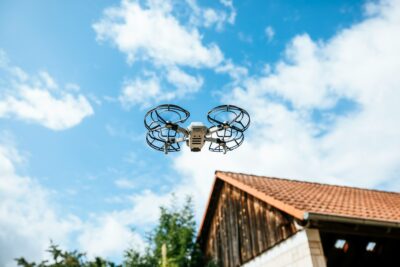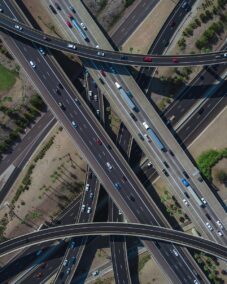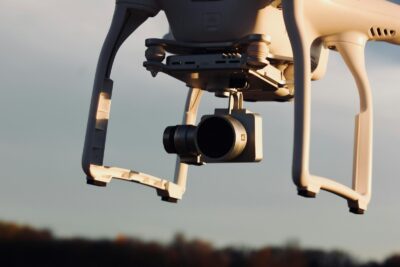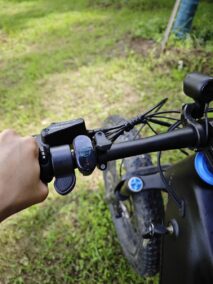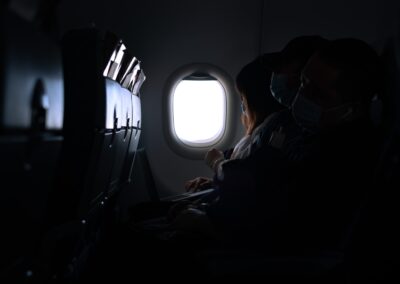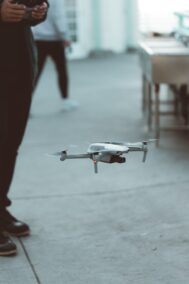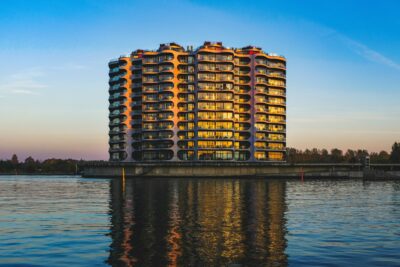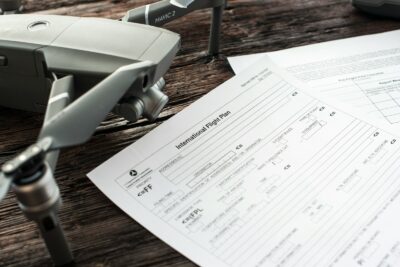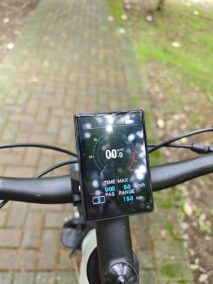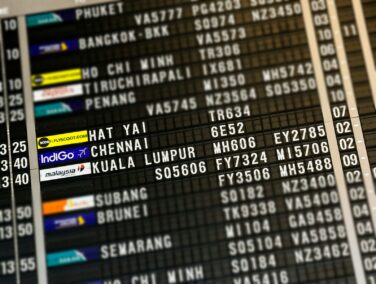Enhancing UAV Operations with Real-time Weather and Environmental Data
Introduction to Real-time UTM Systems
Real-time UTM systems are revolutionizing the way Unmanned Aerial Vehicles (UAVs) operate by incorporating dynamic weather and environmental data to optimize flight routes and ensure safe operating conditions. These systems are particularly crucial in bustling hubs like Saudi Arabia and the UAE, where the adoption of modern technology is accelerating rapidly. By leveraging real-time data, UTM (Unmanned Traffic Management) systems provide a comprehensive framework for managing UAV traffic, thereby enhancing safety and efficiency.
In Saudi Arabia, the integration of UTM systems aligns with the Vision 2030 initiative, which aims to diversify the economy through technological advancement. These systems are essential for managing the increasing number of drones used in various sectors, including logistics, agriculture, and surveillance. Real-time data integration ensures that UAVs can navigate complex airspaces safely, avoiding potential hazards and optimizing flight paths for efficiency.
Similarly, the UAE, particularly in cities like Dubai, is at the forefront of integrating advanced technologies like UTM systems to enhance urban mobility and infrastructure. The ability to use real-time weather and environmental data allows UAVs to adjust their routes dynamically, minimizing risks and improving operational efficiency. This technological adoption supports the UAE’s ambition to be a global leader in smart city innovations.
Key Features of Real-time UTM Systems
One of the core features of real-time UTM systems is their ability to utilize weather data to optimize UAV flight routes. By continuously monitoring meteorological conditions, these systems can provide UAV operators with up-to-date information on wind patterns, temperature, humidity, and potential weather disruptions. This real-time data allows for preemptive route adjustments, ensuring UAVs avoid hazardous weather and maintain stable flight conditions.
Environmental data integration is another critical component. Real-time UTM systems can incorporate data on air quality, visibility, and other environmental factors that could impact UAV operations. This capability is particularly important in regions like Riyadh, where dust storms and high temperatures can pose significant challenges. By leveraging environmental data, UTM systems can recommend alternative routes or adjust flight parameters to maintain safety and operational integrity.
In addition to weather and environmental data, real-time UTM systems also facilitate communication between UAVs and ground control stations. This ensures that all parties are aware of current flight conditions and can respond quickly to any changes. The ability to relay real-time information between UAVs and controllers is crucial for coordinating flights in busy airspaces, reducing the risk of collisions, and enhancing overall airspace management.
Benefits for Business and Industry
The adoption of real-time UTM systems offers significant benefits for businesses and industries in Saudi Arabia and the UAE. For logistics companies, these systems enable precise route planning and timely deliveries, reducing fuel consumption and operational costs. In agriculture, real-time data helps UAVs perform tasks such as crop monitoring and pesticide application more effectively, leading to better yields and resource management.
For surveillance and security operations, real-time UTM systems enhance the ability to monitor large areas and respond to incidents promptly. By optimizing flight paths and ensuring safe operating conditions, these systems increase the reliability and effectiveness of UAV missions. This is particularly valuable in urban environments like Dubai, where maintaining public safety and infrastructure security is paramount.
The integration of real-time UTM systems also supports the growing trend of using UAVs for infrastructure inspections. In cities like Riyadh, UAVs can be used to inspect bridges, power lines, and other critical infrastructure components. Real-time data ensures that these inspections are conducted safely and efficiently, minimizing downtime and reducing maintenance costs.
Enhancing Leadership and Management in UAV Operations
Effective leadership and management are crucial for maximizing the benefits of real-time UTM systems. Business executives and mid-level managers must understand the strategic value of these systems and how they can be integrated into existing operations. This requires a commitment to continuous learning and staying updated on the latest advancements in UTM technology.
Managers should focus on building a skilled workforce capable of leveraging real-time data for UAV operations. This involves training personnel on how to interpret weather and environmental data, as well as how to use UTM systems to make informed decisions. By fostering a culture of innovation and continuous improvement, organizations can stay ahead of the curve and fully capitalize on the potential of real-time UTM systems.
Leadership in this domain also involves collaboration with regulatory bodies to ensure compliance with aviation standards and best practices. In Saudi Arabia and the UAE, where the regulatory landscape for UAVs is still evolving, proactive engagement with authorities is essential. By working closely with regulators, businesses can help shape policies that support the safe and efficient integration of UAVs into national airspaces.
Future Prospects and Conclusion
The future of real-time UTM systems is promising, with continuous advancements expected in data integration, artificial intelligence, and machine learning. These technologies will further enhance the ability of UTM systems to predict and respond to changing conditions, making UAV operations even safer and more efficient. As Saudi Arabia and the UAE continue to invest in smart city initiatives, the role of real-time UTM systems will become increasingly important.
Businesses that adopt these systems early will have a competitive advantage, benefiting from improved operational efficiency and reduced risks. By staying at the forefront of UTM technology, companies can position themselves as leaders in the rapidly evolving UAV industry.
In conclusion, real-time UTM systems are transforming UAV operations by integrating weather and environmental data to optimize flight routes and ensure safety. In regions like Saudi Arabia and the UAE, the adoption of these systems aligns with broader technological and economic goals. For business leaders, understanding and leveraging the capabilities of real-time UTM systems is essential for driving innovation and achieving long-term success.
—
#Real-timeUTMSystems #UAVflightoptimization #real-timeweatherdata #UTMtechnology #UAVsafety #droneflightmanagement #environmentaldataforUAVs




